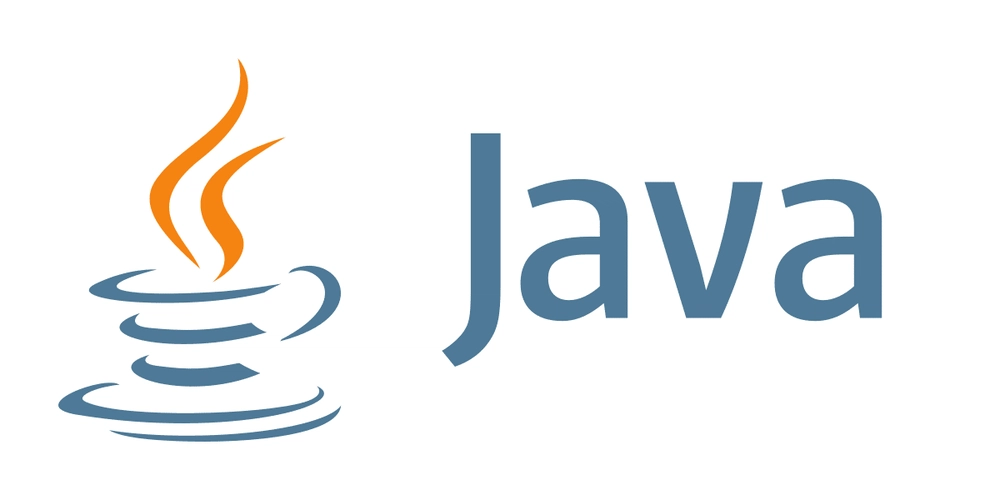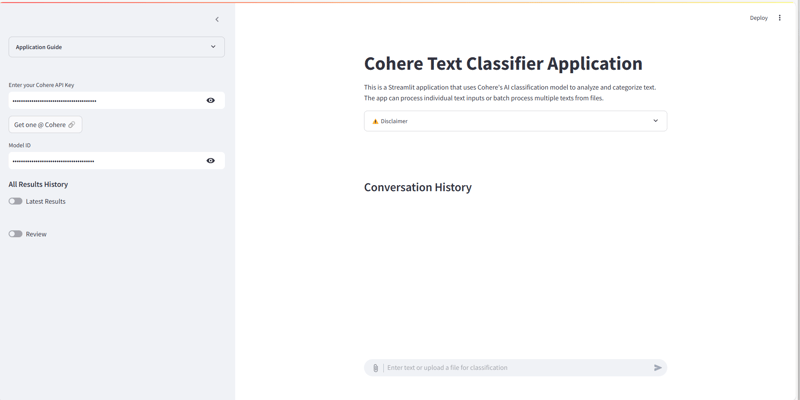What Are the Advantages of Serverless Node.js Solutions?
In recent years, serverless computing has emerged as a game-changer for developers and businesses looking for efficient, scalable, and cost-effective ways to deploy applications. When combined with Node.js, a lightweight, event-driven runtime, serverless architecture unlocks a new level of flexibility and performance. But what makes Serverless Node.js so compelling? Why are companies of all sizes moving their applications to AWS Lambda, Azure Functions, and Google Cloud Functions? What Is Serverless Computing? Before we dive into the advantages, let’s quickly define serverless computing. Contrary to its name, "serverless" does not mean there are no servers involved. Instead, it means that developers don’t have to manage or provision servers manually. The cloud provider takes care of the underlying infrastructure, including auto-scaling, security, and maintenance, so developers can focus on writing code. Popular serverless platforms include: AWS Lambda Azure Functions Google Cloud Functions Cloudflare Workers Now, let’s see why Node.js is a perfect fit for serverless computing. Why Node.js Works Best with Serverless? Node.js is one of the best runtimes for serverless functions because of its non-blocking, event-driven architecture. It excels in handling multiple simultaneous requests with minimal resources. Key reasons why Node.js is ideal for serverless: → Fast Execution – Node.js uses the V8 engine, which compiles JavaScript to native machine code, making execution extremely fast. → Lightweight – A serverless function should ideally be lightweight and efficient, and Node.js is just that. → Asynchronous Processing – Serverless functions often interact with databases, APIs, or event queues. Node.js' async/await and event-driven model make it easy to handle these efficiently. → Rich Ecosystem – With NPM, you get access to thousands of open-source libraries, reducing development time. Advantages of Serverless Node.js Solutions 1. No Server Management One of the biggest headaches in traditional infrastructure is managing servers—setting them up, updating software, handling crashes, scaling, and securing them. With a serverless Node.js solution, you don’t have to: → Worry about server provisioning → Handle OS patches or updates → Set up load balancers The cloud provider handles everything. You just deploy your code and let it run. → Real-World Example: Imagine you’re launching a new SaaS product. Instead of renting and maintaining servers, you can deploy serverless functions for your APIs. This allows you to focus on building your product rather than maintaining infrastructure. 2. Automatic Scaling Scaling is often a nightmare in traditional hosting. If your app suddenly gets millions of requests, it can crash if you don’t have enough servers. With serverless Node.js, your functions automatically scale up or down depending on traffic. How It Works: If there’s low traffic, only a few function instances run. If demand spikes, the cloud provider instantly spins up more instances. Example: An e-commerce website running on serverless functions will automatically handle increased traffic during Black Friday sales without downtime. 3. Cost Efficiency (Pay Only for What You Use) One of the biggest advantages of serverless is its cost model. With traditional servers, you pay for computing power whether you use it or not. With serverless Node.js, you only pay for the actual execution time of your functions. Key Cost Benefits: No need to pay for idle servers Costs scale with demand No upfront investment in hardware Example: If a startup needs an API backend, they can use serverless without worrying about overpaying for underutilized resources. 4. Faster Time-to-Market Developers love serverless Node.js because it speeds up development. Why? → No need to set up or configure servers → Auto-scaling is built-in → No complex DevOps setup required This allows businesses to release features faster without spending months setting up infrastructure. Example: A fintech startup building a payment processing API can deploy new features within days instead of weeks. 5. Built-In High Availability Serverless platforms automatically replicate functions across multiple data centers. This ensures: Fault tolerance – If one region goes down, your function runs elsewhere. 99.99% uptime – Cloud providers offer high availability by default. This is a huge advantage for businesses that need reliable applications with minimal downtime. Example: A global chat application can use serverless functions to handle messages, ensuring that users never experience downtime. 6. Event-Driven Execution One of the best things about serverless Node.js is that functions are triggered by events. These events ca

In recent years, serverless computing has emerged as a game-changer for developers and businesses looking for efficient, scalable, and cost-effective ways to deploy applications. When combined with Node.js, a lightweight, event-driven runtime, serverless architecture unlocks a new level of flexibility and performance.
But what makes Serverless Node.js so compelling? Why are companies of all sizes moving their applications to AWS Lambda, Azure Functions, and Google Cloud Functions?
What Is Serverless Computing?
Before we dive into the advantages, let’s quickly define serverless computing.
Contrary to its name, "serverless" does not mean there are no servers involved. Instead, it means that developers don’t have to manage or provision servers manually. The cloud provider takes care of the underlying infrastructure, including auto-scaling, security, and maintenance, so developers can focus on writing code.
Popular serverless platforms include:
- AWS Lambda
- Azure Functions
- Google Cloud Functions
- Cloudflare Workers
Now, let’s see why Node.js is a perfect fit for serverless computing.
Why Node.js Works Best with Serverless?
Node.js is one of the best runtimes for serverless functions because of its non-blocking, event-driven architecture. It excels in handling multiple simultaneous requests with minimal resources.
Key reasons why Node.js is ideal for serverless:
→ Fast Execution – Node.js uses the V8 engine, which compiles JavaScript to native machine code, making execution extremely fast.
→ Lightweight – A serverless function should ideally be lightweight and efficient, and Node.js is just that.
→ Asynchronous Processing – Serverless functions often interact with databases, APIs, or event queues. Node.js' async/await and event-driven model make it easy to handle these efficiently.
→ Rich Ecosystem – With NPM, you get access to thousands of open-source libraries, reducing development time.
Advantages of Serverless Node.js Solutions
1. No Server Management
One of the biggest headaches in traditional infrastructure is managing servers—setting them up, updating software, handling crashes, scaling, and securing them.
With a serverless Node.js solution, you don’t have to:
→ Worry about server provisioning
→ Handle OS patches or updates
→ Set up load balancers
The cloud provider handles everything. You just deploy your code and let it run.
→ Real-World Example: Imagine you’re launching a new SaaS product. Instead of renting and maintaining servers, you can deploy serverless functions for your APIs. This allows you to focus on building your product rather than maintaining infrastructure.
2. Automatic Scaling
Scaling is often a nightmare in traditional hosting. If your app suddenly gets millions of requests, it can crash if you don’t have enough servers.
With serverless Node.js, your functions automatically scale up or down depending on traffic.
How It Works:
- If there’s low traffic, only a few function instances run.
- If demand spikes, the cloud provider instantly spins up more instances.
Example: An e-commerce website running on serverless functions will automatically handle increased traffic during Black Friday sales without downtime.
3. Cost Efficiency (Pay Only for What You Use)
One of the biggest advantages of serverless is its cost model.
With traditional servers, you pay for computing power whether you use it or not.
With serverless Node.js, you only pay for the actual execution time of your functions.
Key Cost Benefits:
- No need to pay for idle servers
- Costs scale with demand
- No upfront investment in hardware
Example: If a startup needs an API backend, they can use serverless without worrying about overpaying for underutilized resources.
4. Faster Time-to-Market
Developers love serverless Node.js because it speeds up development.
Why?
→ No need to set up or configure servers
→ Auto-scaling is built-in
→ No complex DevOps setup required
This allows businesses to release features faster without spending months setting up infrastructure.
Example: A fintech startup building a payment processing API can deploy new features within days instead of weeks.
5. Built-In High Availability
Serverless platforms automatically replicate functions across multiple data centers. This ensures:
Fault tolerance – If one region goes down, your function runs elsewhere.
99.99% uptime – Cloud providers offer high availability by default.
This is a huge advantage for businesses that need reliable applications with minimal downtime.
Example: A global chat application can use serverless functions to handle messages, ensuring that users never experience downtime.
6. Event-Driven Execution
One of the best things about serverless Node.js is that functions are triggered by events.
These events can be:
→ HTTP requests (API calls)
→ Database updates
→ File uploads
→ Queues and messages (Kafka, SQS)
Example: If a user uploads an image, a serverless function can automatically resize and optimize it without needing a dedicated server for the task.
7. Security Benefits
With traditional hosting, developers must worry about:
→ Server vulnerabilities
→ DDoS attacks
→ Manual security patches
With serverless, security is largely handled by the cloud provider:
→ Automatic security patches
→ DDoS protection
→ Isolation of functions (each function runs in a sandboxed environment)
Example: A healthcare application handling sensitive patient data can benefit from serverless security without needing to hire a large cybersecurity team.
When to Use Serverless Node.js?
Serverless Node.js is ideal for:
→ REST & GraphQL APIs – Auto-scales based on traffic.
→ Microservices – Perfect for breaking down applications into smaller, maintainable parts.
→ Event-Driven Apps – Ideal for chat apps, notifications, and real-time features.
→ Scheduled Jobs – Great for cron jobs like database cleanups or reports.
→ Data Processing – Image processing, video encoding, and batch processing.
When Not to Use Serverless?
Despite its benefits, serverless may not be ideal for:
→ Long-running processes – Functions have execution time limits.
→ High-performance computing – Functions are stateless, so complex computing might require traditional infrastructure.
→ Heavy database operations – If your app frequently queries a database, a traditional backend may be more efficient.
Final Thoughts
Serverless Node.js solutions provide massive advantages in terms of cost, scalability, performance, and development speed. Businesses and startups can deploy applications faster, handle large traffic automatically, and reduce infrastructure costs without worrying about server management.
You may also like:
Read more blogs from Here
Share your experiences in the comments, and let’s discuss how to tackle them!
Follow me on Linkedin










































































































































































![[The AI Show Episode 142]: ChatGPT’s New Image Generator, Studio Ghibli Craze and Backlash, Gemini 2.5, OpenAI Academy, 4o Updates, Vibe Marketing & xAI Acquires X](https://www.marketingaiinstitute.com/hubfs/ep%20142%20cover.png)




























































































































![[FREE EBOOKS] The Kubernetes Bible, The Ultimate Linux Shell Scripting Guide & Four More Best Selling Titles](https://www.javacodegeeks.com/wp-content/uploads/2012/12/jcg-logo.jpg)



![From drop-out to software architect with Jason Lengstorf [Podcast #167]](https://cdn.hashnode.com/res/hashnode/image/upload/v1743796461357/f3d19cd7-e6f5-4d7c-8bfc-eb974bc8da68.png?#)






































































































.png?#)





.jpg?#)































_Christophe_Coat_Alamy.jpg?#)








































































































![Rapidus in Talks With Apple as It Accelerates Toward 2nm Chip Production [Report]](https://www.iclarified.com/images/news/96937/96937/96937-640.jpg)








































































































































